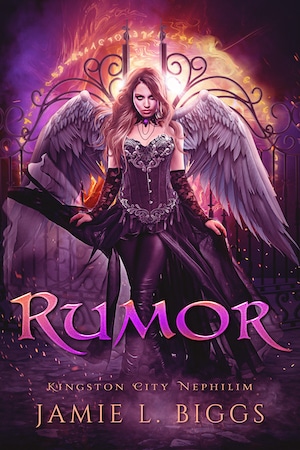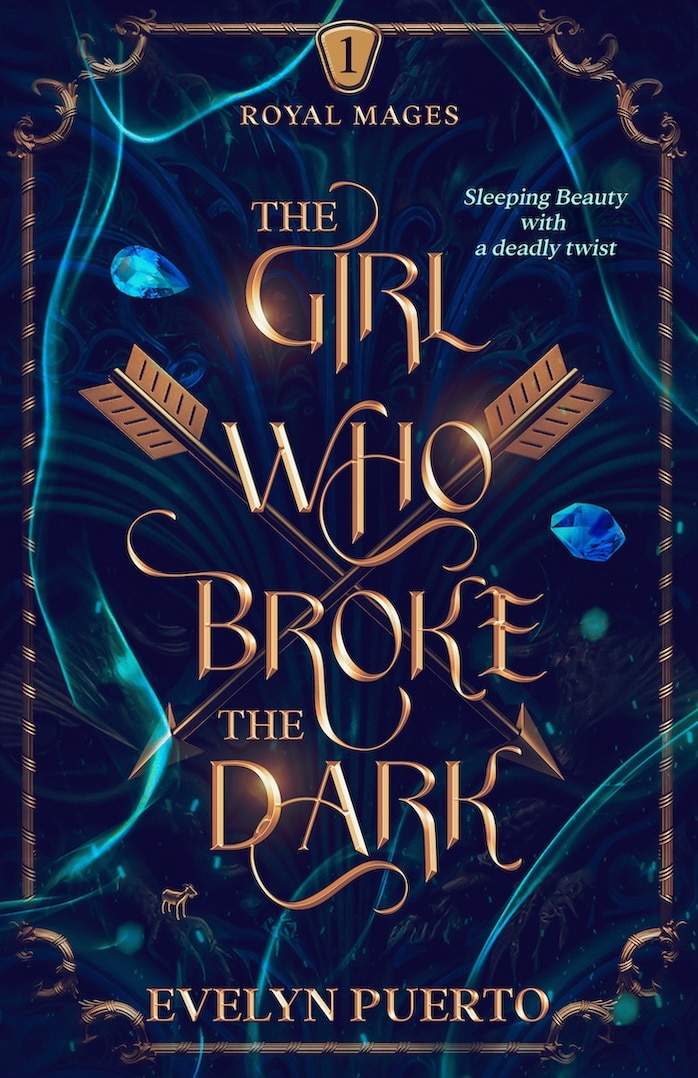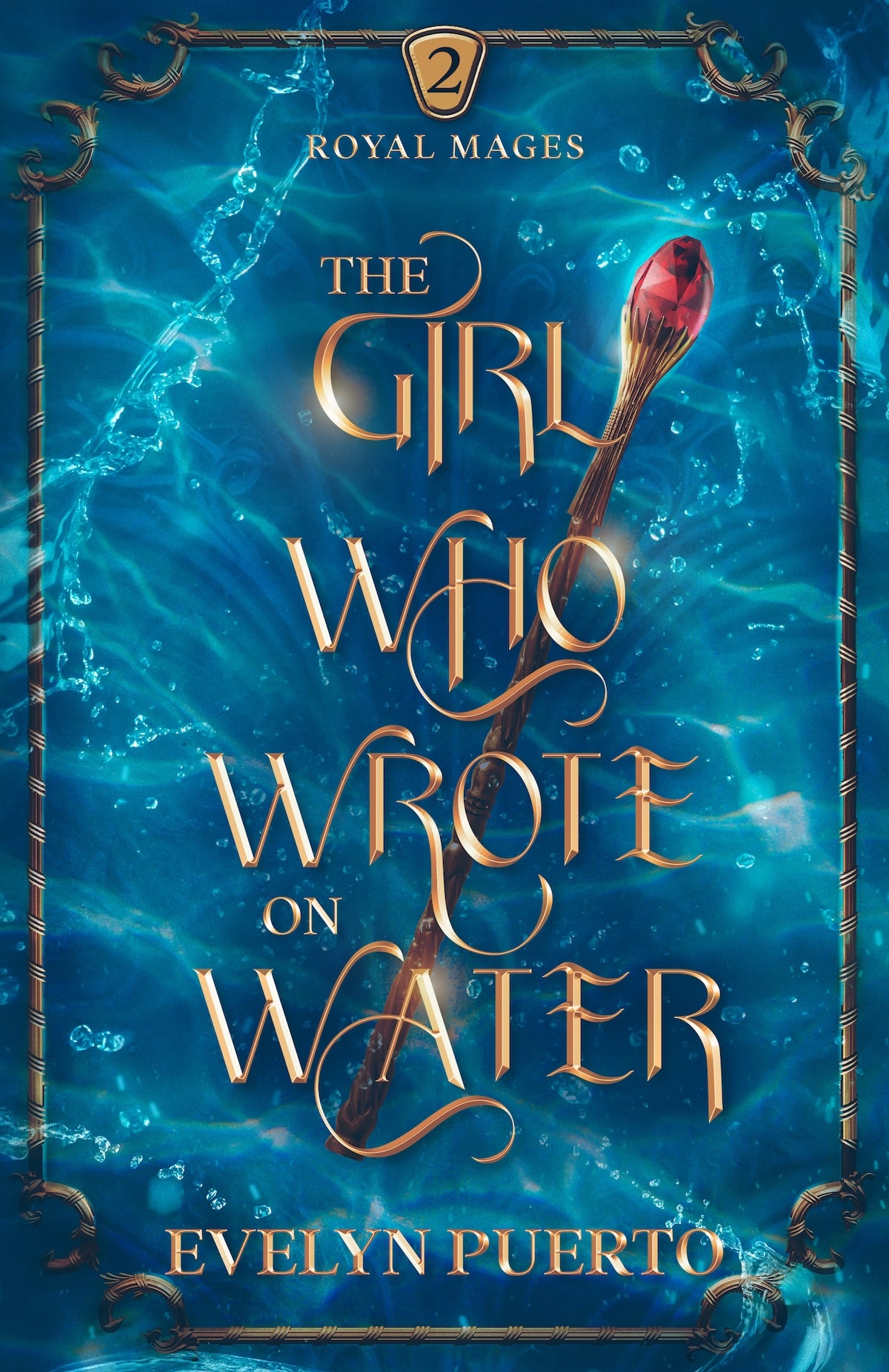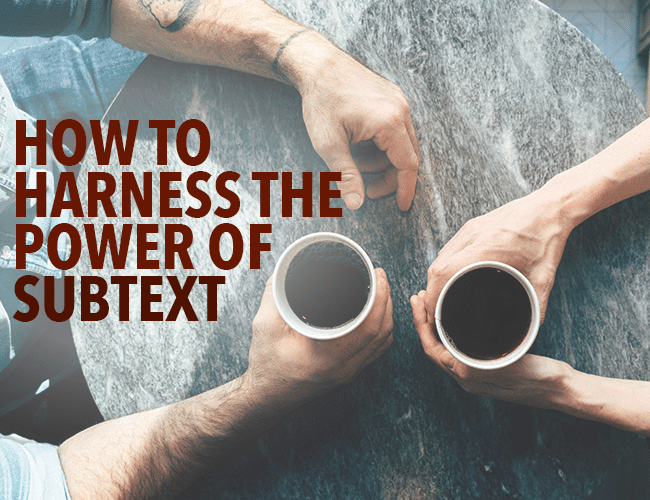
by Sue Weems |
Subtext is the underlying message in a scene. In The Godfather, when Don Corleone says, “I’m gonna make him an offer he can’t refuse,” we know someone (and a horse) is in serious danger. When I tell my kids, “I’m gonna make you an offer you can’t refuse,” I probably mean “Do your chores or I’ll shut down the wifi.”
Same statement, different subtext.

by Pamela Fernuik |
We talk to tell someone we want them to pass the salt. We talk to ask questions, share feelings, and ask for directions when we are lost. We talk to ourselves in our thoughts, and we speak out loud.
In our stories, our characters talk, too. It is not quite as easy to write dialogue for our characters as it is to have conversations in real life. But if you take time to learn how dialogue works and practice writing it, you will be able to write brilliant conversations that sound natural and move your story forward.
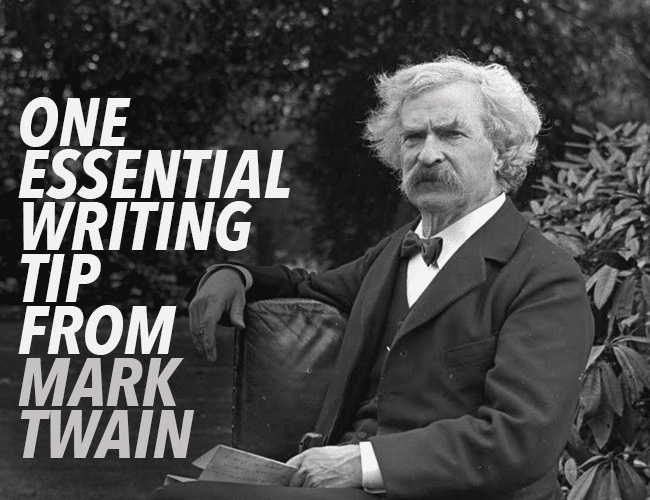
by Sue Weems |
Mark Twain is one of my favorite writers. When I read his essays last year, I came across a bit of revising gold in a 1906 essay titled “William Dean Howells.” Most of the essay praises Howells’s prose in general, but the final paragraphs address what Twain calls “stage directions.”
In a play, stage directions are only visible to the audience through the movement and actor’s inflection during the performance. In a novel, we rely on description to set scenes, give context, and deepen characterization. When done well, stage directions don’t distract from the character or action.
When done poorly, however, Twain has something to say about them.
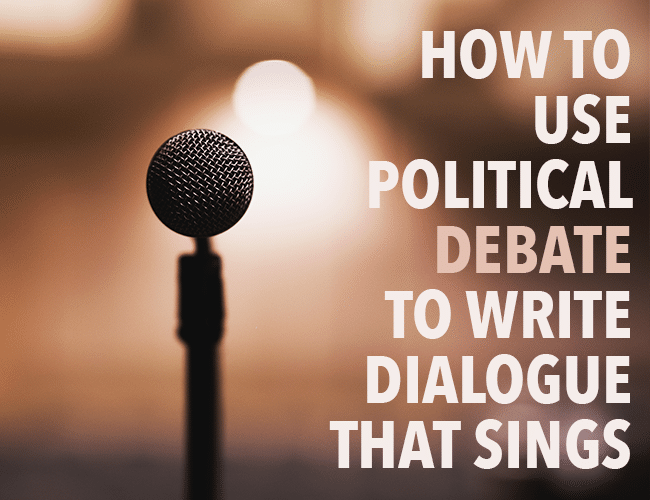
by Jeff Elkins |
If you live in the United States, there is a good chance your television was tuned in to the Presidential debate on Sunday night.
Regardless of your politics, the conversation likely brought a cocktail of anxiety and frustration mixed with joy and elation. At one second you felt the warmth brought by the anticipation of victory and then, suddenly, the dull pain of possible defeat.
As writers, these are the emotions we want readers to experience when they engage in our stories. We want them to become as emotionally invested as they do with a political debate.
Today, rather than focusing on who won or lost the actual debate, let’s use what we watched as inspiration for our writing.
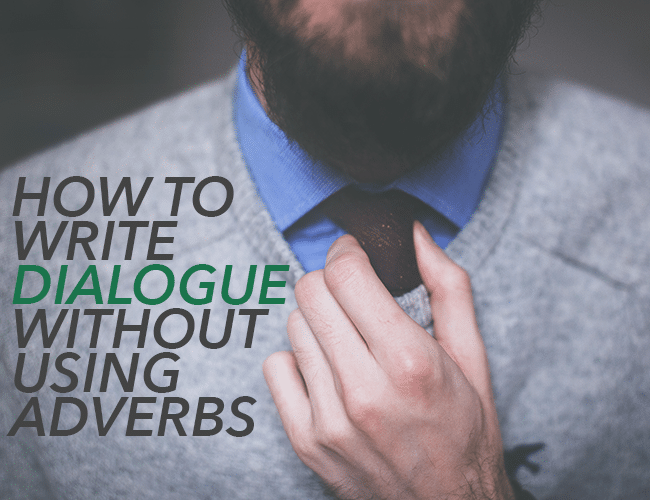
by Jeff Elkins |
It made a generation fall in love with Gilmore Girls, and almost destroyed Star Wars Episodes 1, 2, and 3. Dialogue can make or break a story. When it is good, we are joyfully entangled in it. When it is bad, the story can be painful to read.
To spice it up, we will often turn to descriptors—adjectives and adverbs the convey the emotion we hope the reader will hear. But these “ly” words can break a reader’s flow, making our story feel disjointed.
Never fear! There is hope! If we start with a good foundation and sprinkle some action, we can write dialogue that sings. Here are three steps to crafting vivid, believable dialogue.
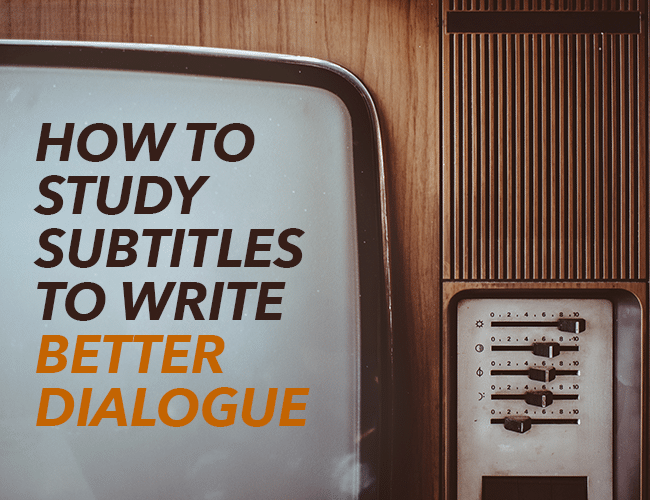
by Guest Blogger |
A vast majority of writers struggle with dialogue. We wonder how to make it real, make it believable, and make it stand out.
What if I told you that you can become a better writer and watch your favorite shows and movies at the same time—and all you have to do is turn on the subtitles?






